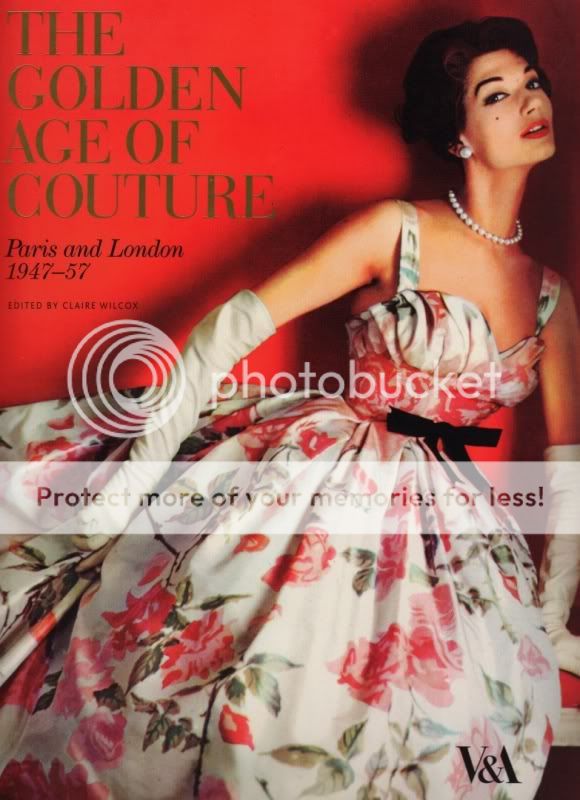SomethingElse
Press escape to continue.
- Joined
- Mar 22, 2007
- Messages
- 5,445
- Reaction score
- 0
Fashion Show
At houses such as Dior and Balenciaga, the collections were presented first to the fashion press, then to commercial buyers from Europe and America, and then to private clients. Finally, they were shown to the interested public on a daily basis for many months. Each garment was made specifically for the house model who wore it, so that it fitted perfectly and looked its best.
Every design was photographed and registered by name or number. However, despite a law passed in 1952 that a couture collection was copyrighted for one season, couturiers filed dozens of lawsuits a year in an attempt to prevent illegal copying. Anyone caught sketching during a collection was asked to leave but some professional copyists were able to memorise the garments by eye.
Dior's collections took place in the perfumed, crowded grand salon, and were often attended by celebrities and film stars. Balenciaga's sometimes lasted two hours and were conducted in complete silence, apart from the number of each design being called out. Balenciaga eventually banned the press from his collections.
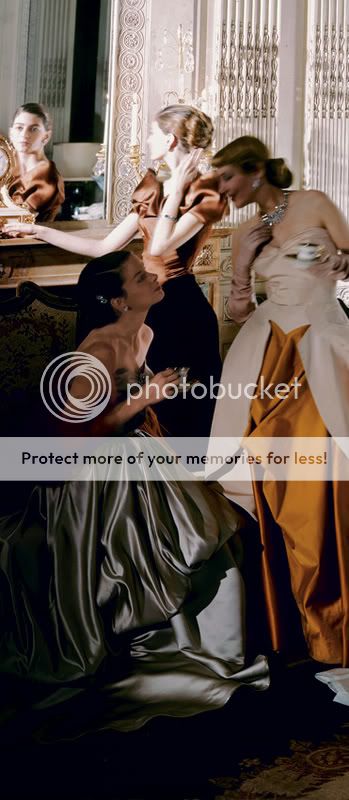
vam.ac.uk


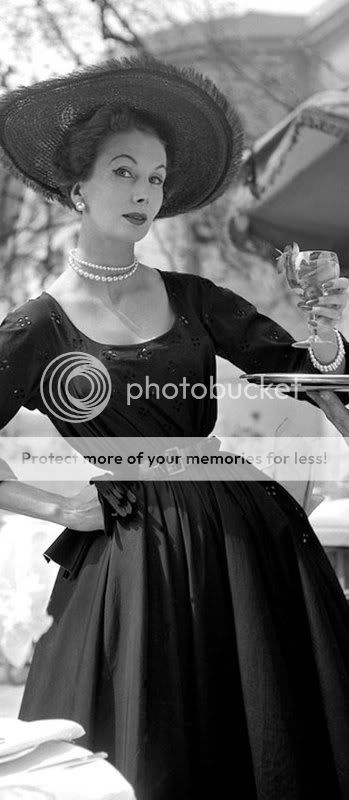
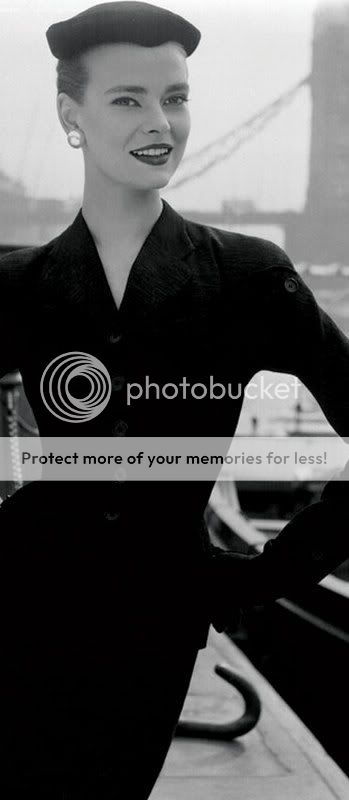
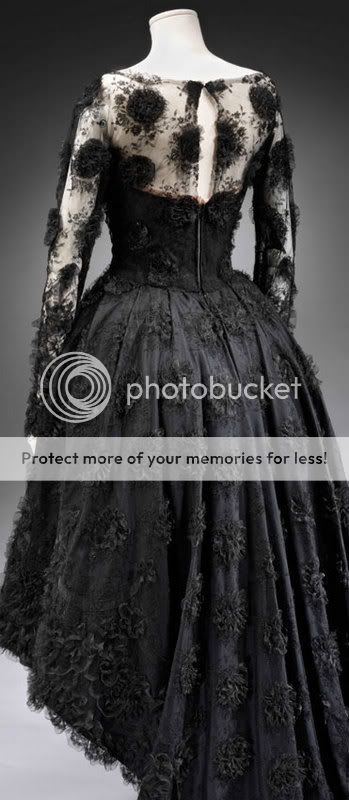
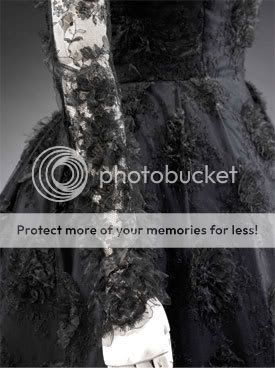
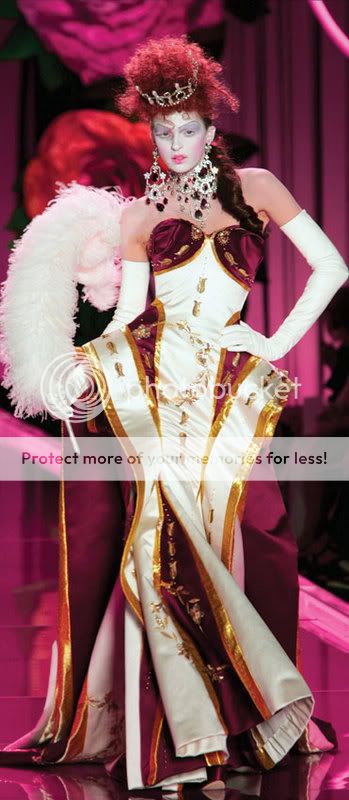



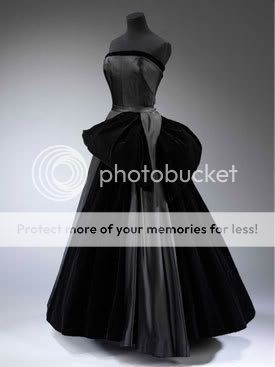
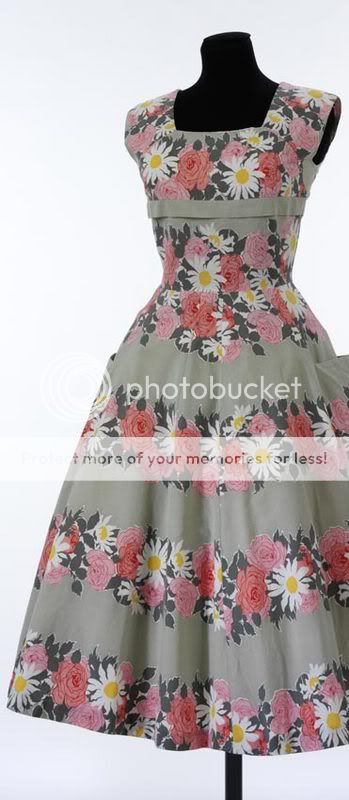






 )
)